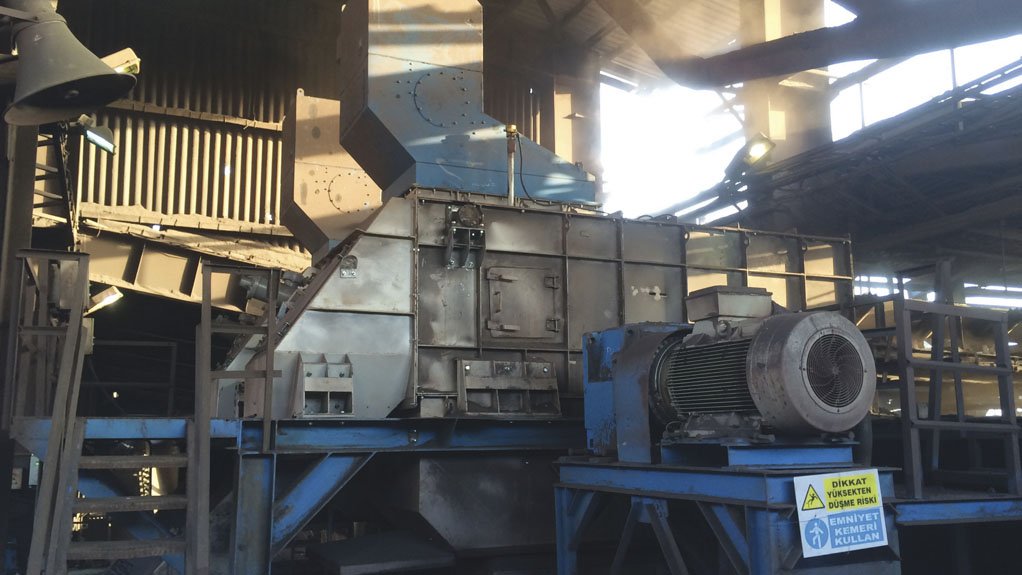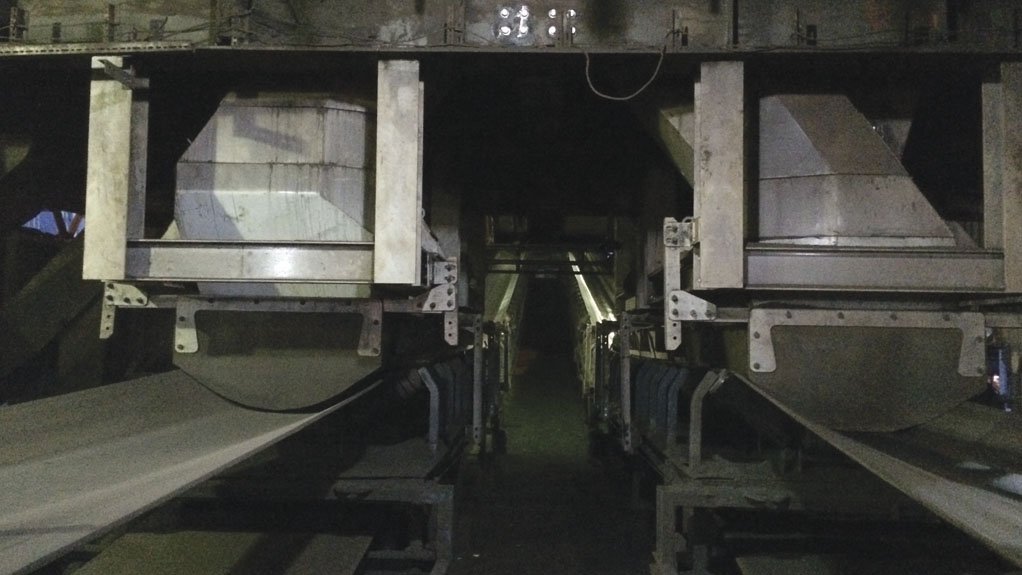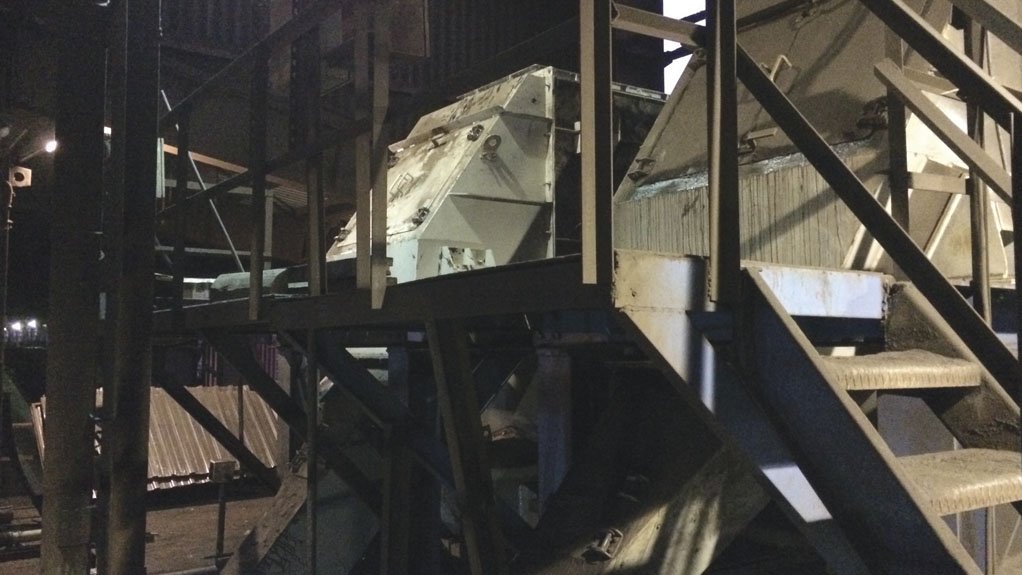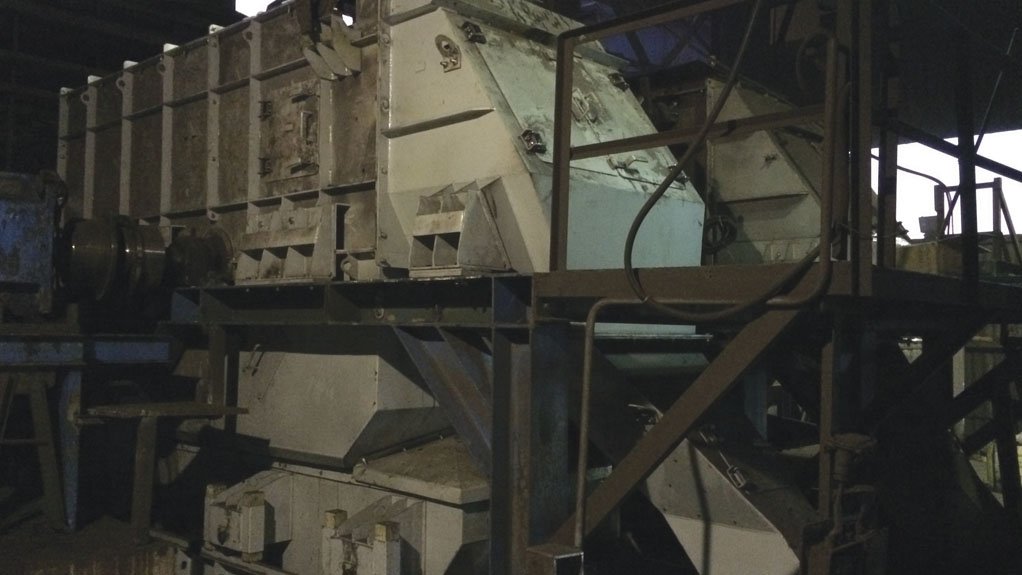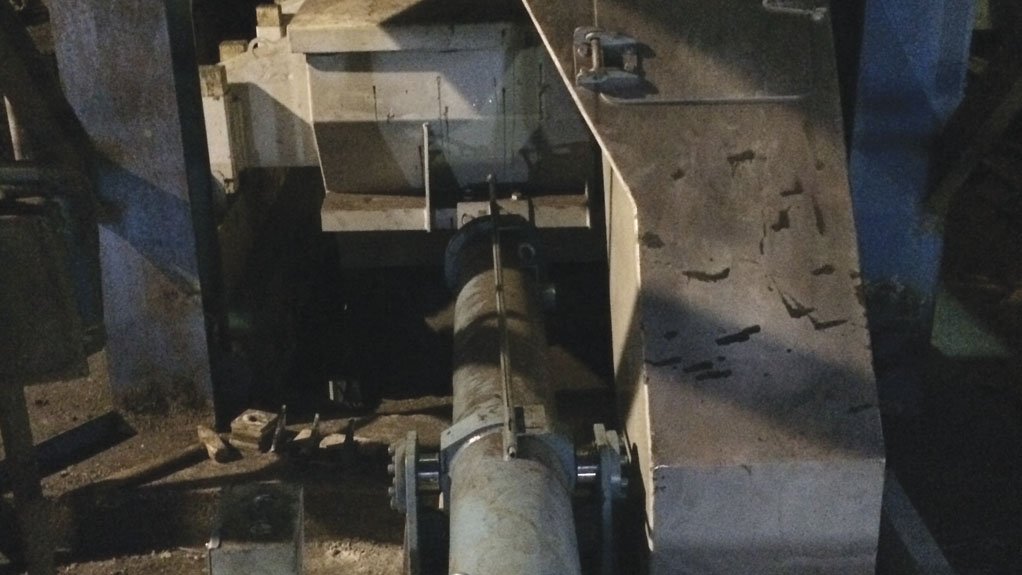- Weba Chute Systems (0.02 MB)
/ MEDIA STATEMENT / This content is not written by Creamer Media, but is a supplied media statement.
The first few transfer chutes leading into a plant handling material destined for furnaces and power generation applications commonly experience degradation, dust and impact challenges, whereas once the material is in the plant and needs to be bifurcated to multiple screens there is the additional challenge of material segregation.
Overcoming these challenges is what Weba Chute Systems is best known for, according to Alwin Nienaber, technical director of the company.
“This is not always as simple as it might sound, and requires that our skilled technical team do a comprehensive site visit to fully assess the existing materials handling system and the issues being experienced by the plant,” he explains.
Nienaber says it is possible with the data collected from the site visit, and from the customer, to produce an engineered solution that will overcome the challenges of material degradation, excessive dust and material segregation, while ensuring optimum screen presentation and screen efficiency.
He points to the installation of Weba Chute Systems at the Isdemir Steel plant in Turkey as a good example of how engineered transfer points have been used to overcome all these issues within a single plant.
The relationship with Isdemir Steel goes back to 2014 when the first Weba Chute System was installed, and subsequent to the success of that chute, two chutes were installed in 2015 and a further three chutes in 2017.
“Weba Chute Systems are engineered to meet the specific criteria of each transfer point, and is certainly not a one size fits all product,” Nienaber says. “Factors such as belt speed, belt width, material size, shape and throughput are taken into account, and this information allows our technical team to custom design each chute to allow absolute control of the material.”
The Weba Chute Systems are being used to move sinter, coke and iron ore pellets through the plant, and the materials handling system has been engineered with a redundancy component to ensure optimum reliability and continuous operation.
The first transfer point, installed in 2014, transfer material with a maximum lump size of 60 mm from conveyor to conveyor at a material feed rate of 2.1 m/sec. Material throughput varies depending on product from 2 106 tph of sinter, 522 tph of coke or 1 496 tph of iron pellets.
The two bifurcated chutes with integral sampling systems installed in 2015 receive material at a maximum rate of 700 m3/hr and present this onto a 1 200 mm wide belt travelling at 1.98 m/sec.
Innovative design on these two chutes saw the elimination of the conventional flopper door arrangement. Nienaber says this was replaced with a custom engineered articulating trolley section which has further assisted in reducing material degradation as well as dust levels.
“Reducing material degradation reduces fines, reduces dust and noise pollution. And also importantly it decreases wear ensuring longer life for the replaceable parts,” he says.
The three most recent chute installations were designed to address material segregation and optimise screen presentation, and by successfully addressing this screen efficiency has increased. Absolute control of the discharge velocity of the material has been key to controlling screen presentation and the Weba Chute System is able to present the material in an even spread at the feed end of the screen.
The custom engineered chutes have also eliminated the dead zones at the back of the screen deck resulting in improved screen efficiency.
“All the chutes supplied to the Isdemir Steel Plant are good examples of where an engineered transfer point can lower operational costs, and this is why we encourage end users of minerals beneficiation and steel plants to contact our team so we can assess the issues that they are experiencing in material transfer,” Nienaber concludes.
Weba Chute Systems has more than 4 500 custom engineered chutes operating successfully across a broad range of commodities worldwide. Repeat business is a common occurrence at this South African-based OEM.
Edited by: Creamer Media Reporter
EMAIL THIS ARTICLE SAVE THIS ARTICLE
ARTICLE ENQUIRY
To subscribe email subscriptions@creamermedia.co.za or click here
To advertise email advertising@creamermedia.co.za or click here









